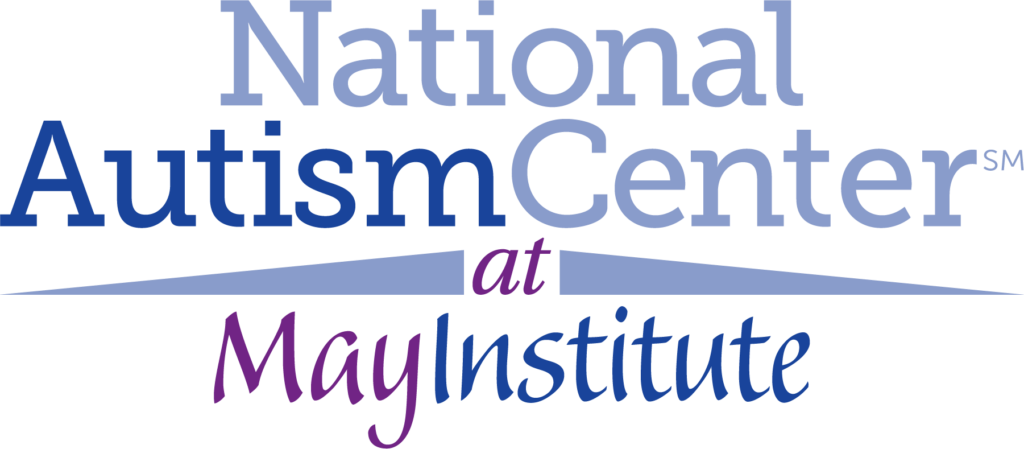Recent posts
Commentary from May Institute and the National Autism Center Regarding Proposed Changes to the Diagnostic and Statistical Manual of Mental Disorders (DSM-5)
MEDIA RELEASE
Randolph, Mass. – The American Psychiatric Association (APA) has proposed a revised definition and diagnostic criteria for autism for its fifth edition of the Diagnostic and Statistical Manual of Mental Disorders (DSM-5). This is part of a comprehensive review of the manual’s criteria for all psychiatric diagnoses; the updated manual is scheduled to be published in May 2013.
The DSM is the standard reference that healthcare providers use to diagnose mental and behavioral conditions; it influences decisions about treatment, insurance coverage, and access to educational support and therapeutic services.
The proposed new definition for autism would result in several fundamental changes. It would eliminate the separate categories of autistic disorder (“classic” autism), Asperger’s disorder, pervasive developmental disorder not otherwise specified (PDD-NOS), and childhood disintegrative disorder (CDD) from the diagnostic manual. Instead, it would bring these disorders together under one new category called autism spectrum disorder (ASD).
The recommendations also include changes to the criteria used to diagnose autism spectrum disorders. Under the proposed definition, a person would have to exhibit three “persistent deficits” in social communication and social interaction, and at least two repetitive behaviors.
Members of the autism community are concerned that the proposed changes to the diagnostic criteria could result in children and adults potentially “losing” their autism diagnosis. Many individuals, and preliminary data from one recent scientific study, are suggesting that people on the higher functioning end of the spectrum may not meet the new criteria. There is concern that, as a result, access to essential therapeutic and educational support services may be impacted.
Data to examine the implications of the proposed revisions are now being collected. Over the next several months, the proposed criteria will be tested in field trials taking place across the country. This is a critical component of the process; until more data are collected and analyzed, it is difficult to assess the potential impact of the revisions.
The proposed changes have scientific underpinnings and could increase the reliability of diagnoses for ASD. Such changes are anticipated to acknowledge the variability of symptomatology for children and adults along the diagnostic spectrum. However, the National Autism Center and May Institute recognize that one unintended consequence of the revised definition could be a decrease in accessibility to treatment. It is critical that all individuals with autism – no matter where they fall on the spectrum – have access to the resources necessary to meet their needs today and to realize their full potential in the future.
We will continue to monitor this project closely in the weeks and months ahead.
For more information about the process and proposed changes, visit dsm5.org.

